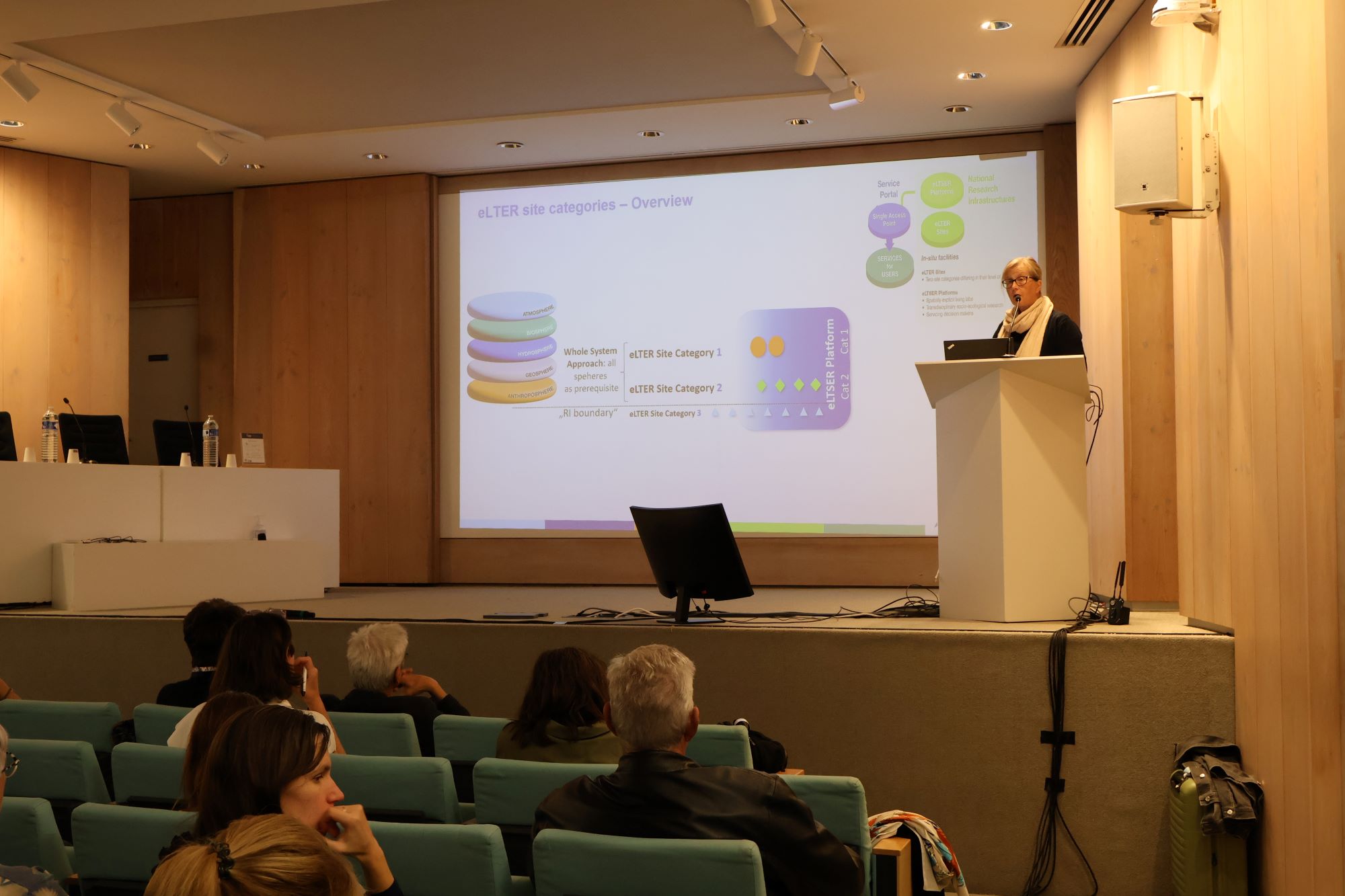News

22 December 2025
The event offered a rare opportunity to look back at half a century of research at one of the Alps’ most important long-term environmental research sites—and to reflect on its growing relevance in a rapidly changing climate
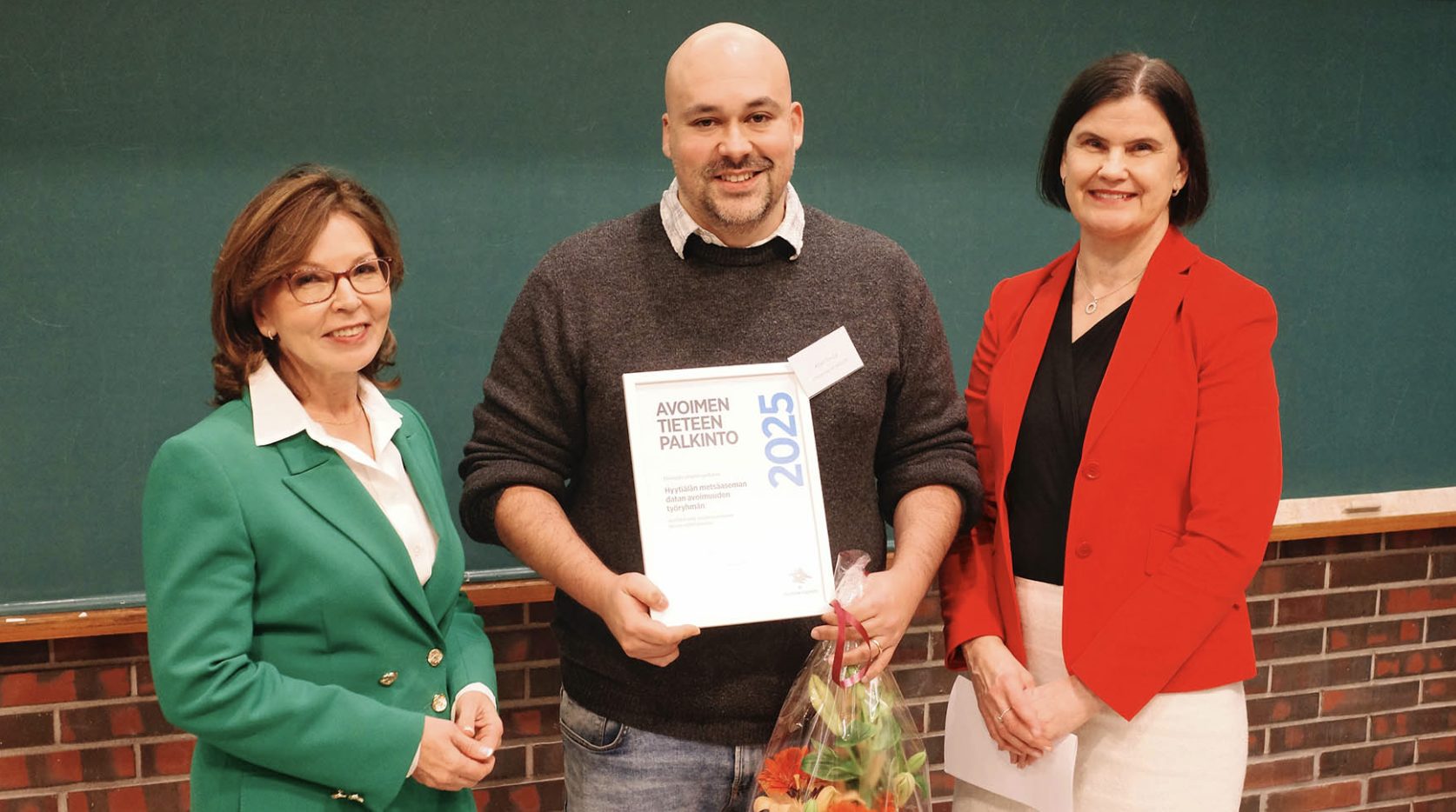
7 December 2025
The University of Helsinki granted the award for efforts to enable the reuse of research data produced at Hyytiälä. Over the past century the station has hosted research and accumulated data, some of which have now been made available.

21 November 2025
New study by Thomas Ohnemus integrates advanced analytical approaches, combining representativity and transferability analyses to identify candidate sites with the highest potential to improve network coverage

14 November 2025
Katalin Török and Bruna Reis’ mission at SER2025 was to highlight the strong potential links between eLTER’s activities and ecological restoration, showcasing how long-term ecosystem research can strengthen global restoration efforts
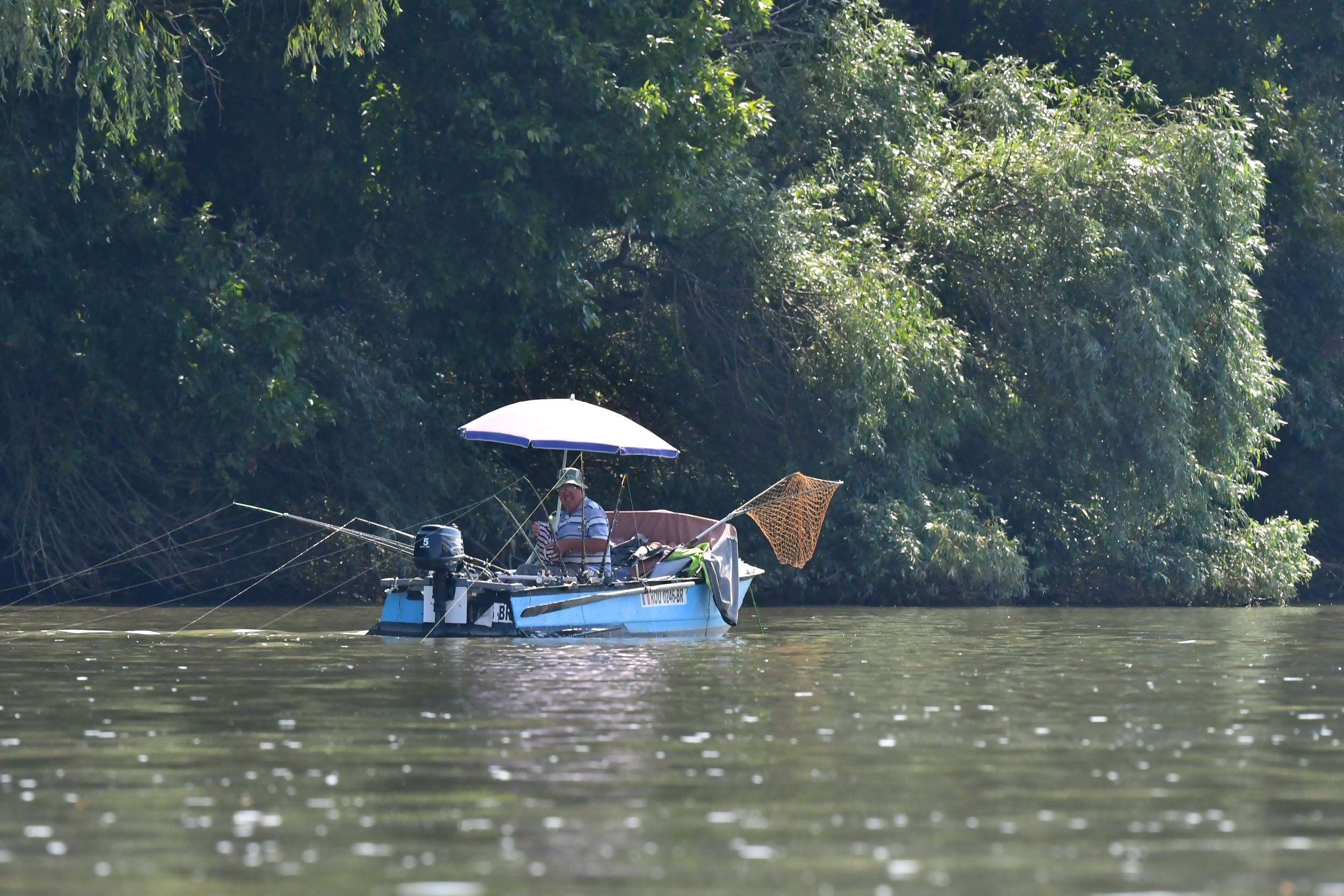
10 November 2025
eLTER Sites and Platforms Series: Romania’s long-term research sites reveal how social and ecological systems evolve together
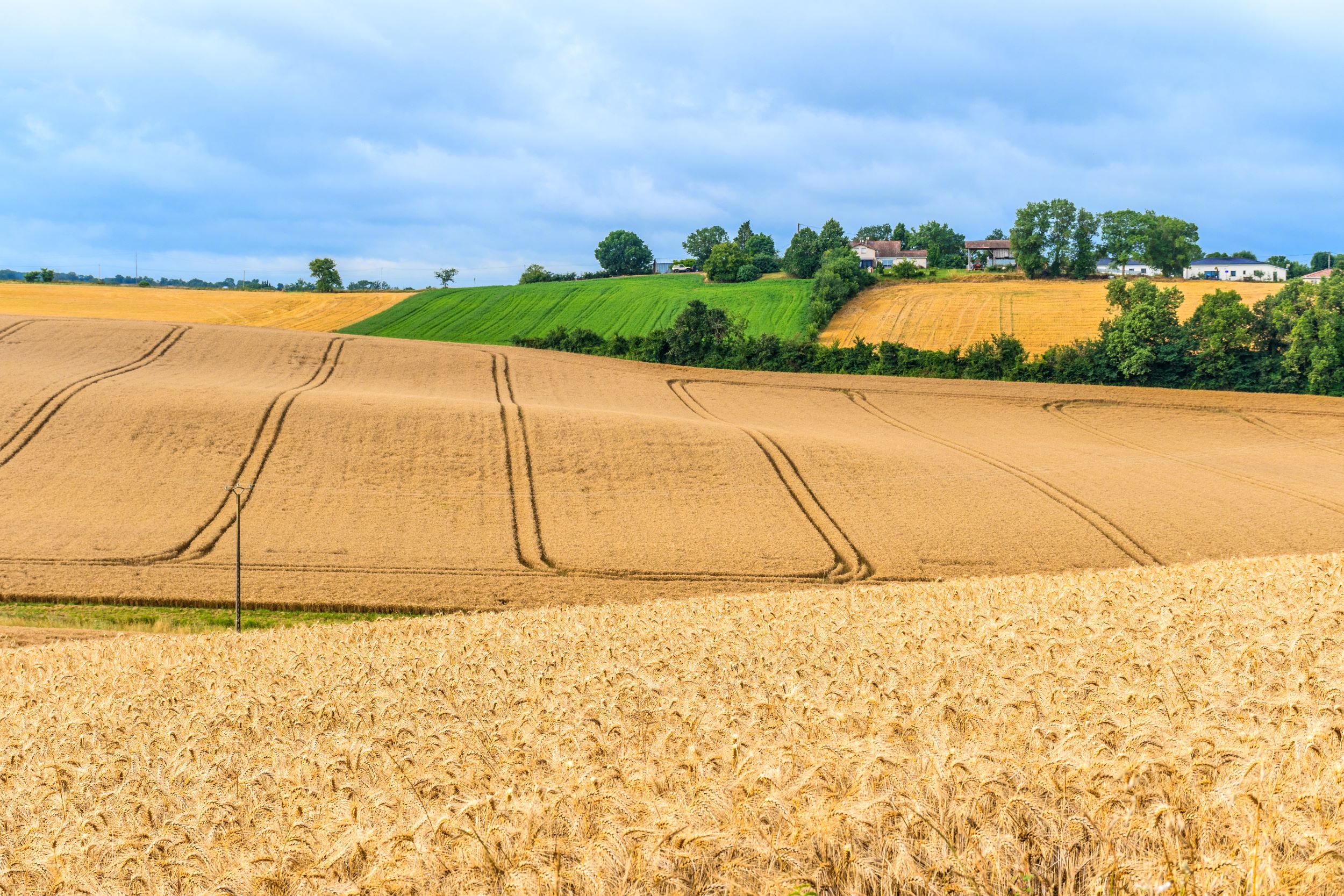
22 October 2025
Protecting and restoring ecosystems, accelerating technological innovation, embedding carbon dioxide removal into EU and national climate strategies, and establishing transparent carbon pricing and certification frameworks
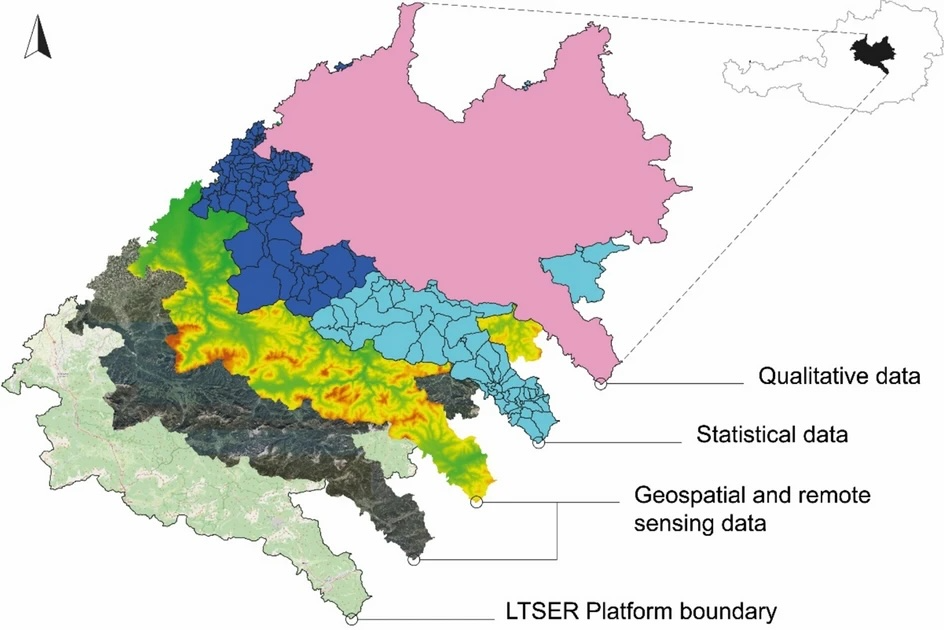
21 October 2025
Findings from the Austrian LTSER platform Eisenwurzen underscore the importance of linking quantitative indicators with qualitative perspectives to fully capture the complex feedbacks between society and nature
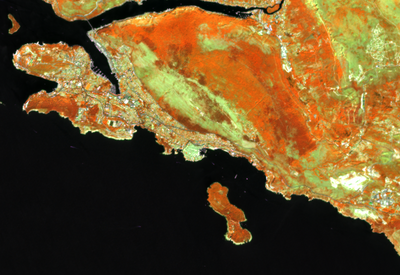
FORECOMON 2026: Integrating Ground- and Remote Sensing-based Forest Monitoring for Resilient Forests
17 October 2025
The conference will be held from 4–6 May 2026 in Dubrovnik, Croatia, kindly hosted by the Croatian Forest Research Institute. Abstract submission is now open!
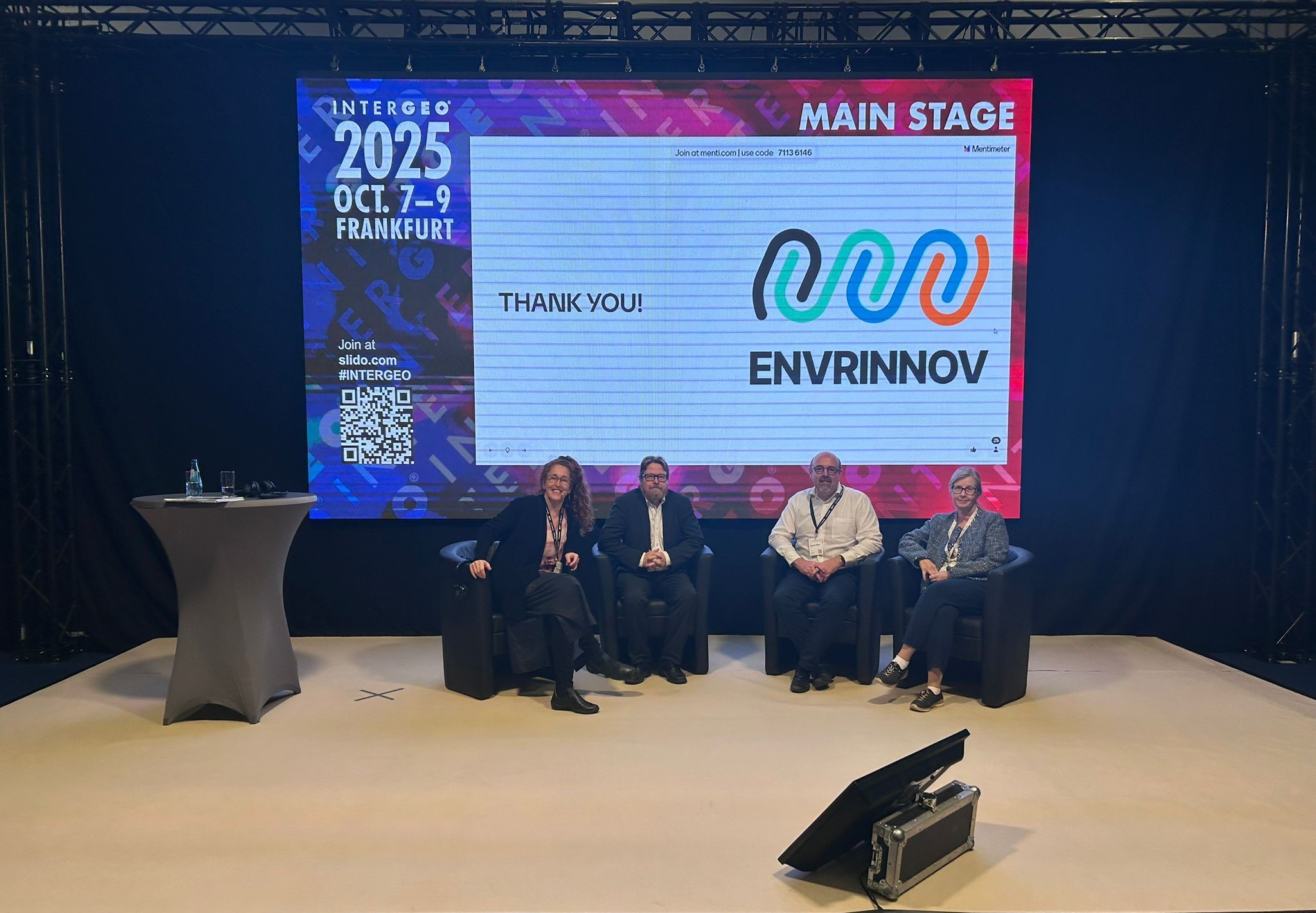
8 October 2025
ENVRINNOV’s panel discussion showcased how geospatial data powers next-generation environmental observation and collaboration across Europe
